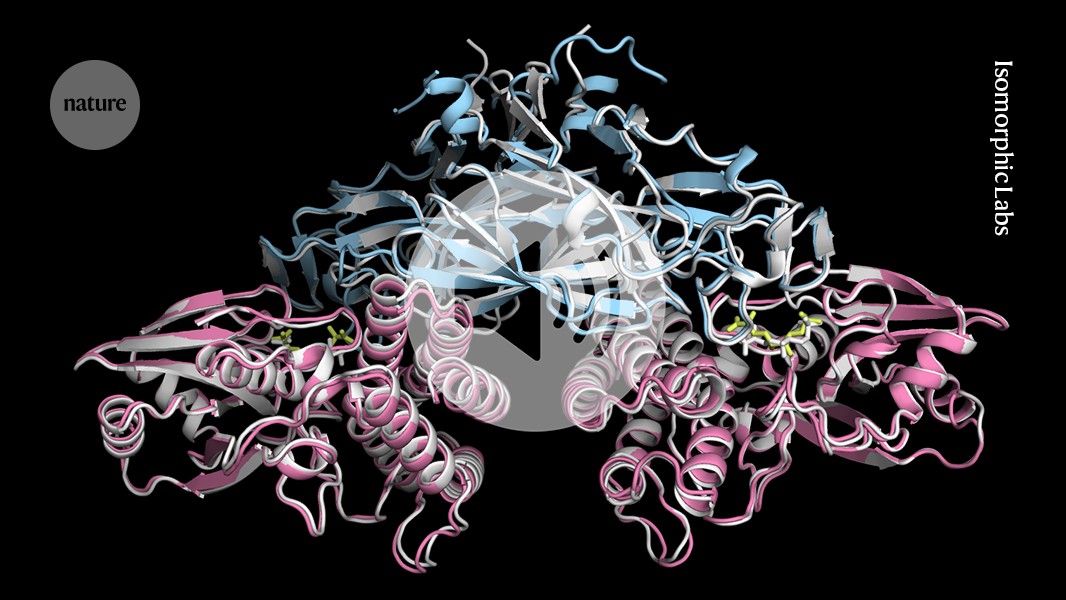Clarkson, O. & Herwig, F. Convective H–He interactions in massive population III stellar evolution models. Mon. Not. R. Astron. Soc. 500, 2685–2703 (2021).
Heger, A. & Woosley, S. E. Nucleosynthesis and evolution of massive metal-free stars. Astrophys. J. 724, 341–373 (2010).
Angulo, C. et al. A compilation of charged-particle induced thermonuclear reaction rates. Nucl. Phys. A 656, 3–183 (1999).
Arnould, M., Mowlavi, N. & Champagne, A. E. In Stellar Evolution: What Should Be Done?, Proc. 32nd Liège International Astrophysical Colloquium (eds Noels, A. et al) 17–29 (Université de Liège, 1995).
deBoer, R. J. et al. 19F(p, γ)20Ne and 19F(p, α)16O reaction rates and their effect on calcium production in Population III stars from hot CNO breakout. Phys. Rev. C 103, 055815 (2021).
Keller, S. C. et al. A single low-energy, iron-poor supernova as the source of metals in the star SMSS J031300.36–670839.3. Nature 506, 463–466 (2014).
Kang, K. J. et al. Status and prospects of a deep underground laboratory in China. J. of Phys. Conf. Ser. 203, 012028 (2010).
Wu, Y. C. et al. Measurement of cosmic ray flux in the China JinPing underground laboratory. Chin. Phys. C 37, 086001 (2013).
Witze, A. The James Webb Space Telescope aims to unlock the early Universe. Nature 600, 208–212 (2021).
Burbidge, E. M., Burbidge, G. R., Fowler, W. A. & Hoyle, F. Synthesis of the elements in stars. Rev. Mod. Phys. 29, 547–654 (1957).
Rolfs, C. E. & Rodney, W. S. Cauldrons in the Cosmos (Univ. Chicago Press, 1988).
Adelberger, E. G. et al. Solar fusion cross sections. II. The pp chain and CNO cycles. Rev. Mod. Phys. 83, 195–245 (2011).
Wiescher, M., Görres, J. & Schatz, H. Break-out reactions from the CNO cycles. J. Phys. G 25, R133–R161 (1999).
Frebel, A. & Norris, J. E. Near-field cosmology with extremely metal-poor stars. Ann. Rev. Astron. Astrophys. 53, 631–688 (2015).
Takahashi, K., Umeda, H. & Yoshida, T. Stellar yields of rotating first stars. I. Yields of weak supernovae and abundances of carbon-enhanced hyper-metal-poor stars. Astrophys. J. 794, 40 (2014).
Ezer, D. & Cameron, A. G. W. The evolution of hydrogen–helium stars. Astrophys. Space Sci. 14, 399–421 (1971).
Chan, C., Müller, B. & Heger, A. Black hole formation and fallback during the supernova explosion of a 40M⊙ star. Astrophys. J. 852, L19 (2018).
Clarkson, O., Herwig, F. & Pignatari, M. Pop III i-process nucleosynthesis and the elemental abundances of SMSS J0313-6708 and the most iron-poor stars. Mon. Not. R. Astron. Soc. 474, L37–L41 (2018).
Limongi, M. & Chieffi, A. Presupernova evolution and explosive nucleosynthesis of zero metal massive stars. Astrophys. J. Supp. Ser. 199, 38 (2012).
Sinclair, R. M. Gamma radiation from certain nuclear reactions. Phys. Rev. 93, 1082–1086 (1954).
Farney, G. K., Given, H. H., Kern, B. D. & Hahn, T. M. High-energy gamma rays from the proton bombardment of fluorine. Phys. Rev. 97, 720–725 (1955).
Keszthelyi, L., Berkes, I., Demeter, I. & Fodor, I. Resonances in F19 + p reactions at 224 and 340 keV proton energies. Nucl. Phys. 29, 241–251 (1962).
Berkes, I., Dézsi, I., Fodor, I. & Keszthelyi, L. The resonance at 483 and 597 keV proton energies in F19 + p reactions. Nucl. Phys. 43, 103–109 (1963).
Subotíc, K. M., Ostojíc, R. & Stepančić, B. Z. Study of the 19F(p, γ)20Ne radiative capture reaction from 0.2–1.2 MeV. Nucl. Phys. A 331, 491–501 (1979).
Couture, A. et al. Measurement of the 19F(p, γ)20Ne reaction and interference terms from Ec.m. = 200–760 keV. Phys. Rev. C 77, 015802 (2008).
Spyrou, K. et al. Cross section and resonance strength measurements of 19F(p,αγ)16O at Ep = 200–800 keV. Eur. Phys. J. A 7, 79–85 (2000).
Williams, M. et al. New measurement of the Ec.m. = 323 keV resonance in the 19F(p, γ)20Ne reaction. Phys. Rev. C 103, 055805 (2021).
Broggini, C., Bemmerer, D., Guglielmetti, A. & Menegazzo, R. LUNA: nuclear astrophysics deep underground. Ann. Rev. Nucl. Part. Sci. 60, 53–73 (2010).
Liu, W. P. et al. Progress of Jinping Underground laboratory for Nuclear Astrophysics (JUNA). Sci. China Phys. Mech. Astron. 59, 642001 (2016).
Wu, Q. et al. Design of an intense ion source and LEBT for Jinping Underground Nuclear Astrophysics experiments. Nucl. Instr. Meth. A 830, 214–218 (2016).
Zhang, L. Y. et al. Strong and durable fluorine-implanted targets developed for deep underground nuclear astrophysical experiments. Nucl. Instr. Meth. B 496, 9–15 (2021).
Zhang, L. Y. et al. Direct measurement of the astrophysical 19F(p, αγ)16O reaction in the deepest operational underground laboratory. Phys. Rev. Lett. 127, 152702 (2021).
Su, J. et al. First result from the Jinping Underground Nuclear Astrophysics experiment JUNA: precise measurement of the 92-keV 25Mg(p, γ)26Al resonance. Sci. Bull. 67, 125–132 (2022).
Azuma, R. E. et al. AZURE: An R-matrix code for nuclear astrophysics. Phys. Rev. C 81, 045805 (2010).
Uberseder, E. & deBoer, R. J. AZURE2 User Manual (2015).
Agostinelli, S. et al. Geant4—a simulation toolkit. Nucl. Instrum. Meth. A 506, 250–303 (2003).
He, J. J. et al. A proposed direct measurement of cross section at Gamow window for key reaction 19F(p, α)16O in asymptotic giant branch stars with a planned accelerator in CJPL. Sci. China Phys. Mech. Astron. 59, 652001 (2016).
Foreman-Mackey, D. et al. The MCMC hammer. Publ. Astron. Soc. Pacif. 125, 306–312 (2013).
Kious, M. Determination of nuclear reaction rates leading to the stellar nucleosynthesis of fluorine. PhD thesis, Université de Paris-Sud (1990).
Rauscher, T. & Thielemann, F.-K. Astrophysical reaction rates from statistical model calculations. At. Data Nucl. Data Tables 75, 1–351 (2000).
Weaver, T. A., Zimmerman, G. B. & Woosley, S. E. Presupernova evolution of massive stars. Astrophys. J. 225, 1021–1029 (1978).
Pitrou, C., Coc, A., Uzan, J.-P. & Vangioni, E. Precision big bang nucleosynthesis with the new code PRIMAT. JPS Conf. Proc. 31, 011034 (2020).







More News
Alphafold 3.0: the AI protein predictor gets an upgrade
Full-colour 3D holographic augmented-reality displays with metasurface waveguides – Nature
Observation of Nagaoka polarons in a Fermi–Hubbard quantum simulator – Nature